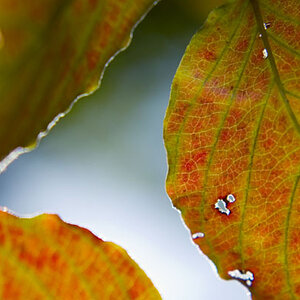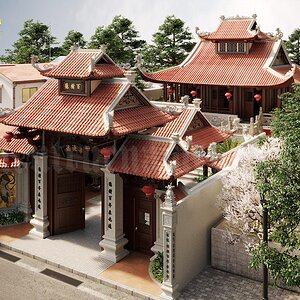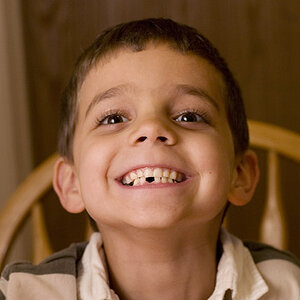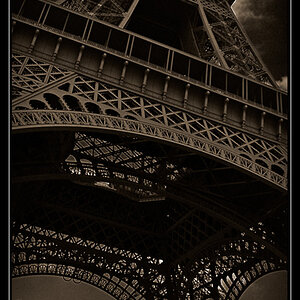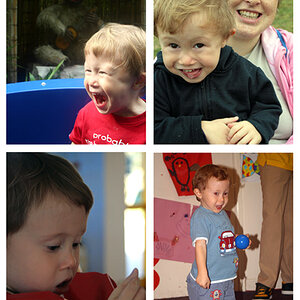- Joined
- Jun 25, 2016
- Messages
- 688
- Reaction score
- 783
- Can others edit my Photos
- Photos OK to edit
I'm getting more comfortable with my camera and been playing around trying to get the perfect exposure. It's seem to me though that I have better luck if I underexpose my image and then bring up the shadows if I'm using iso 100. But this goes against all that I have seen on fourms and YouTube. Maybe I'm not doing something right?
If I was going to ETTR, I take and spot meter the brightest part, take the image and check my histogram and if I have more room to push the histogram to the right, bump up my exposure and so on and so on...
I have been using iso 100 and getting the exposure dead center and maybe going down a 1/2 a stop. But then again what do I know?
Going on a winter camping trip to the mountains and want to take the best images that I can. I use a Canon 6D.
So if anyone can help me out would be awesome. Maybe I am doing the ETTR wrong or misunderstood it.
If I was going to ETTR, I take and spot meter the brightest part, take the image and check my histogram and if I have more room to push the histogram to the right, bump up my exposure and so on and so on...
I have been using iso 100 and getting the exposure dead center and maybe going down a 1/2 a stop. But then again what do I know?
Going on a winter camping trip to the mountains and want to take the best images that I can. I use a Canon 6D.
So if anyone can help me out would be awesome. Maybe I am doing the ETTR wrong or misunderstood it.


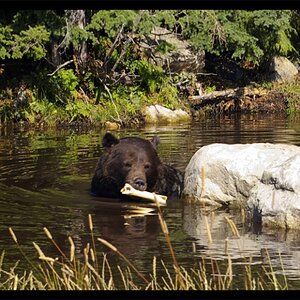


![[No title]](/data/xfmg/thumbnail/38/38261-db20f6f92ee8f0d4c5cf1536e308638b.jpg?1619738546)
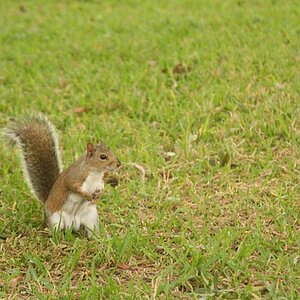

![[No title]](/data/xfmg/thumbnail/41/41800-9fad93555f178073cae2f303c5ef4e23.jpg?1619739897)
